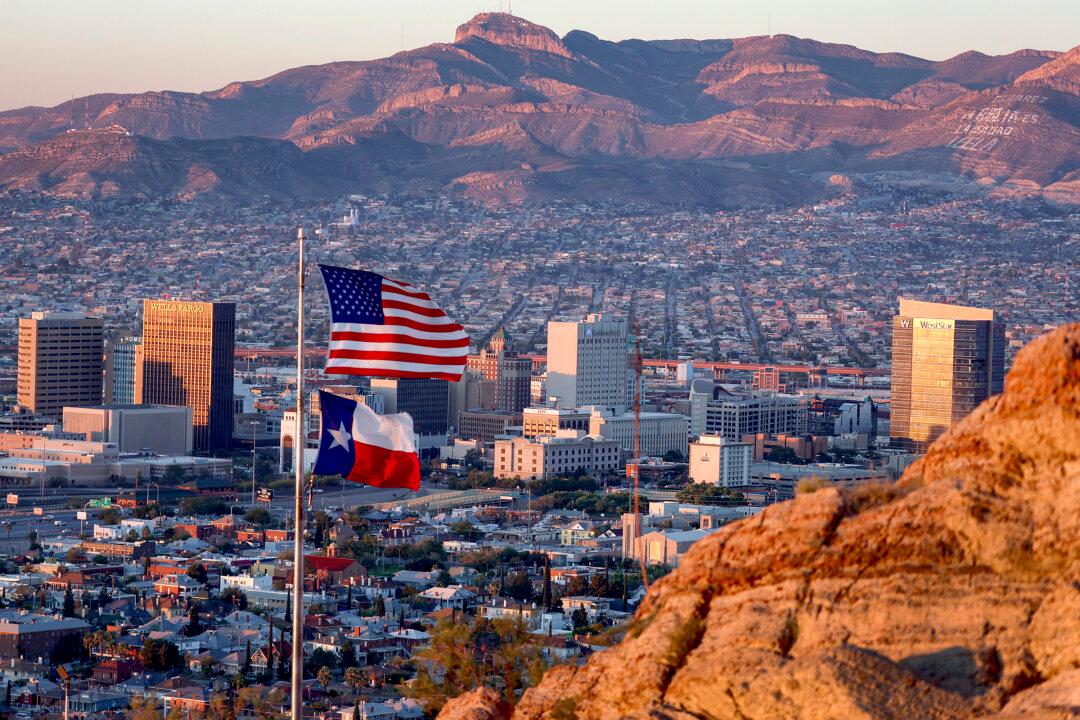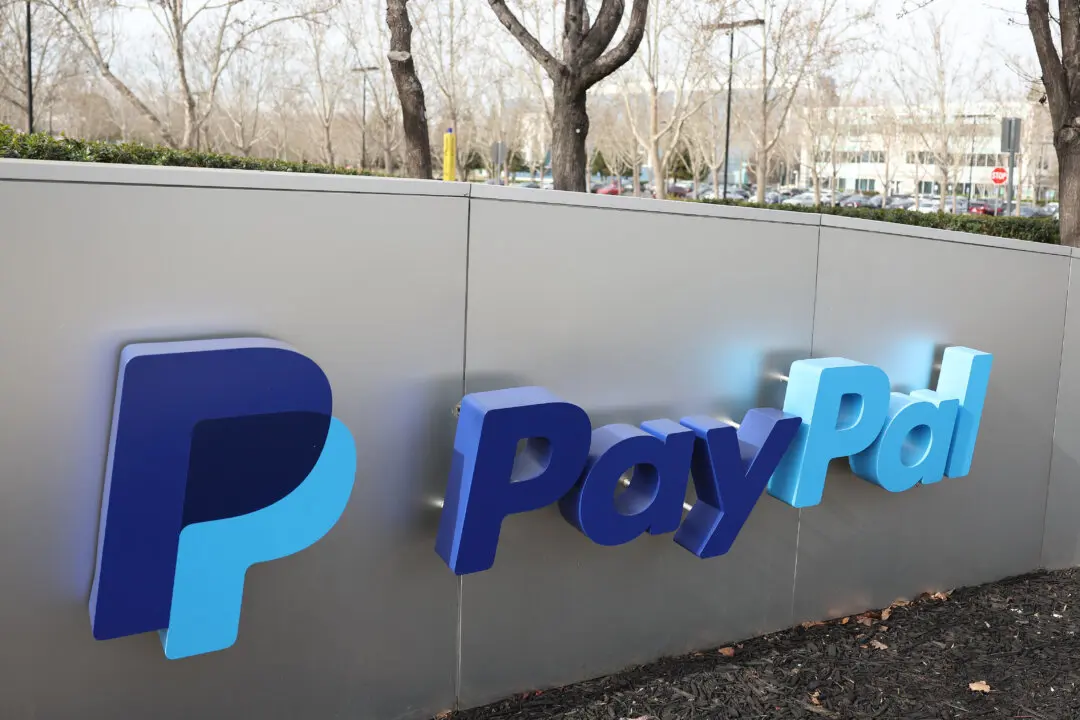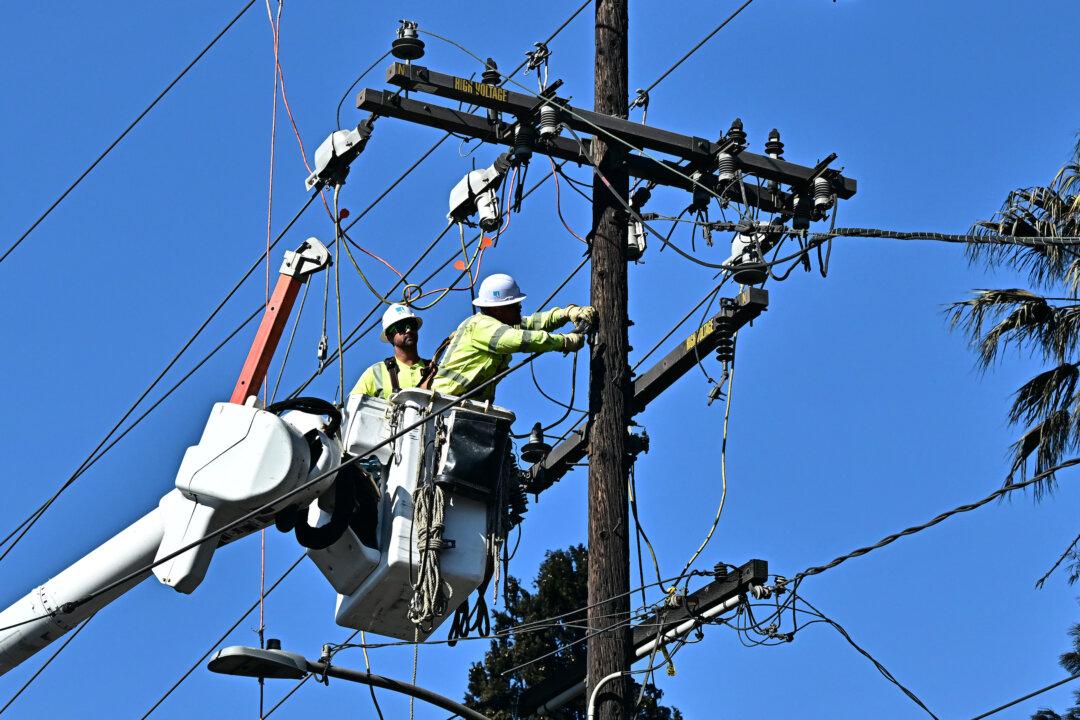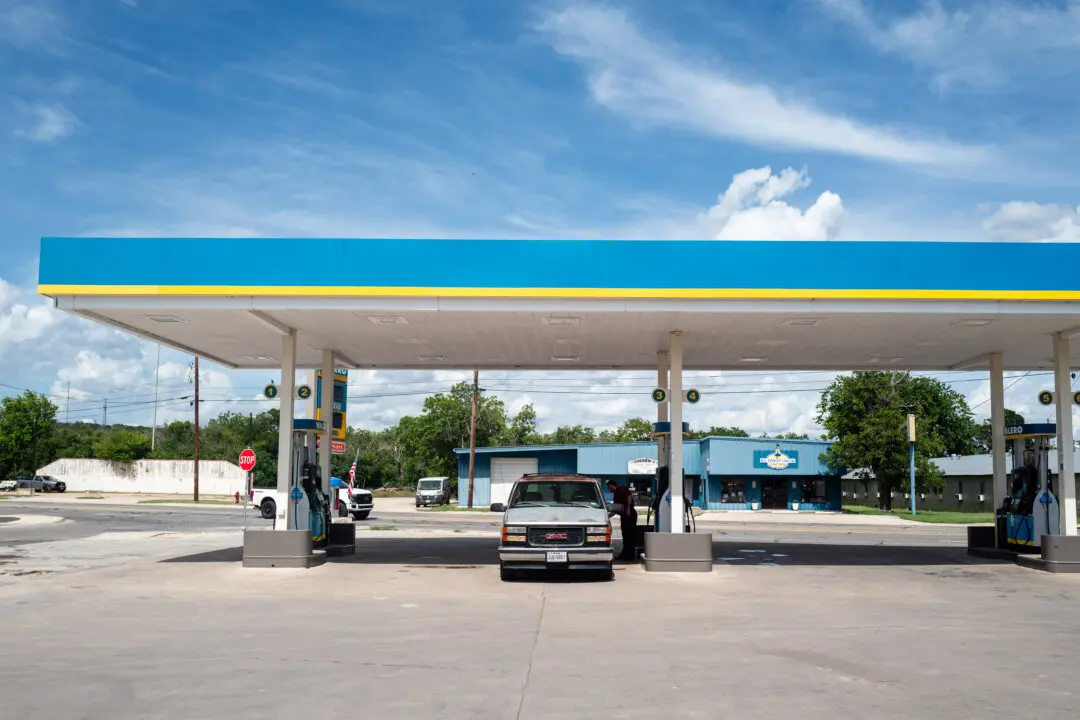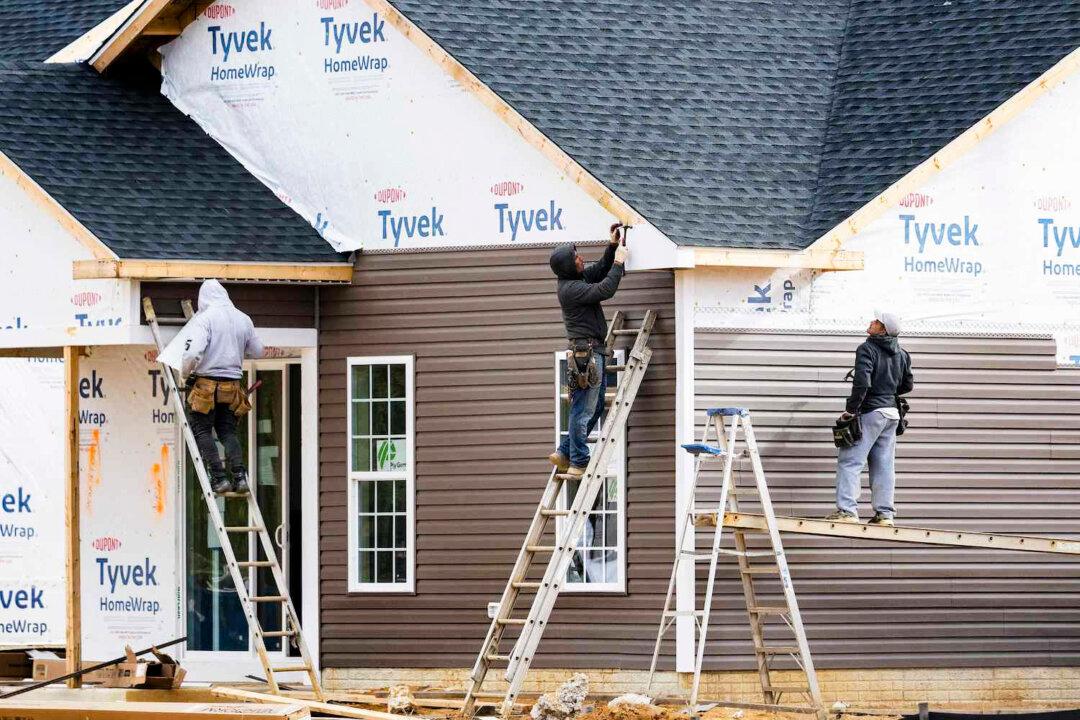As the United States anticipates significant changes at its borders starting in January, some real estate professionals are expressing optimism about the housing markets in southwest border cities in the coming year.
In fiscal year 2024, border authorities apprehended 2.13 million illegal immigrants at the U.S.–Mexico border, down from 2.47 million apprehended during fiscal year 2023, according to U.S. Customs and Border Protection (CBP) data.
